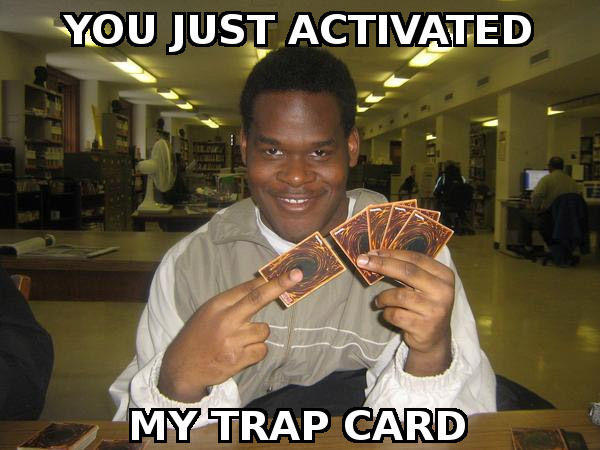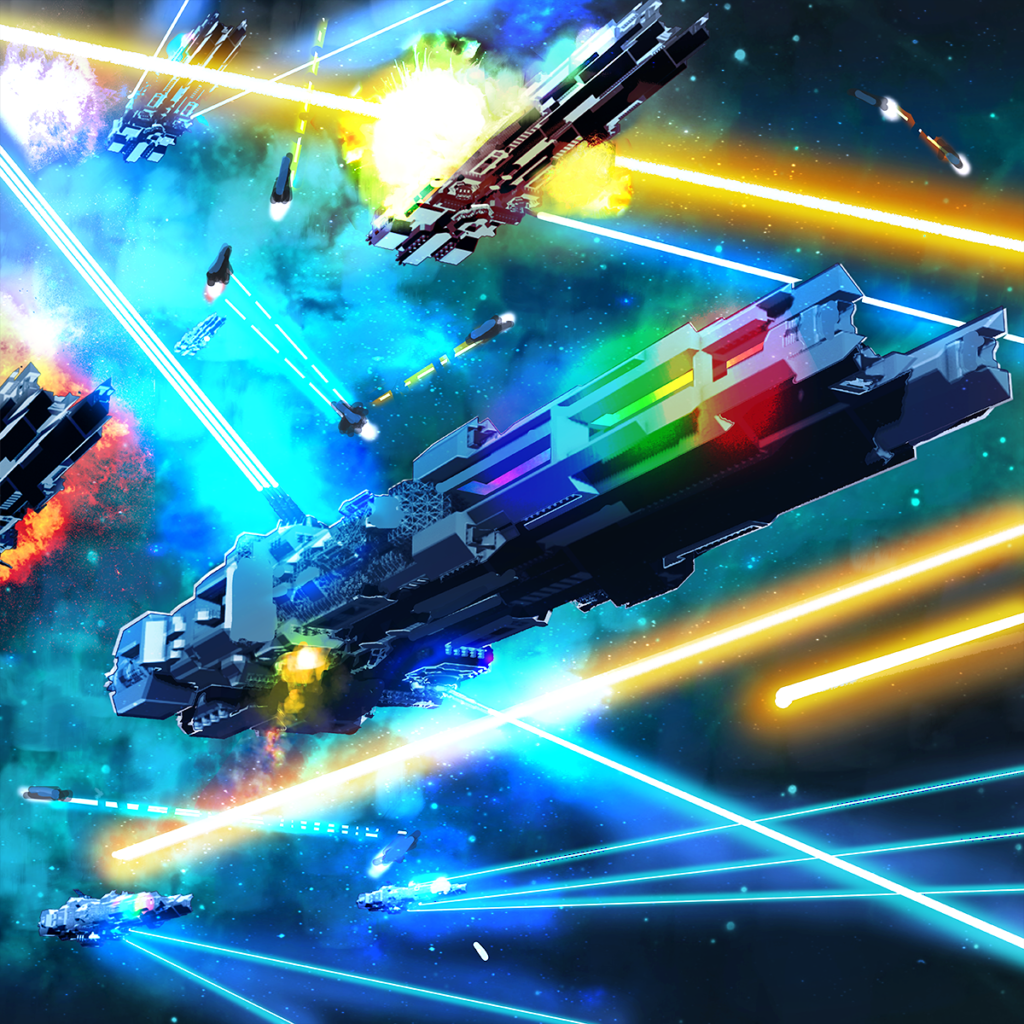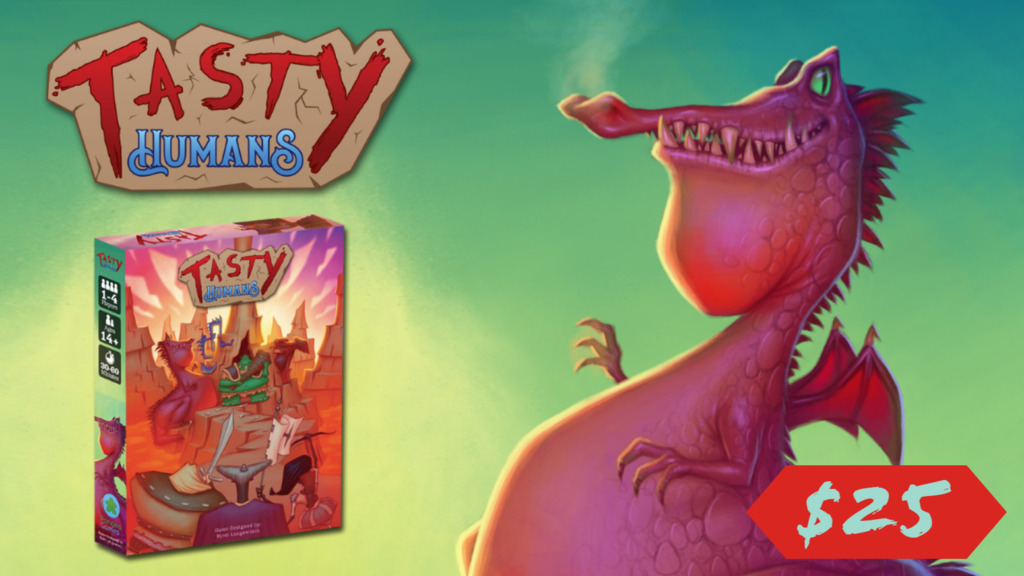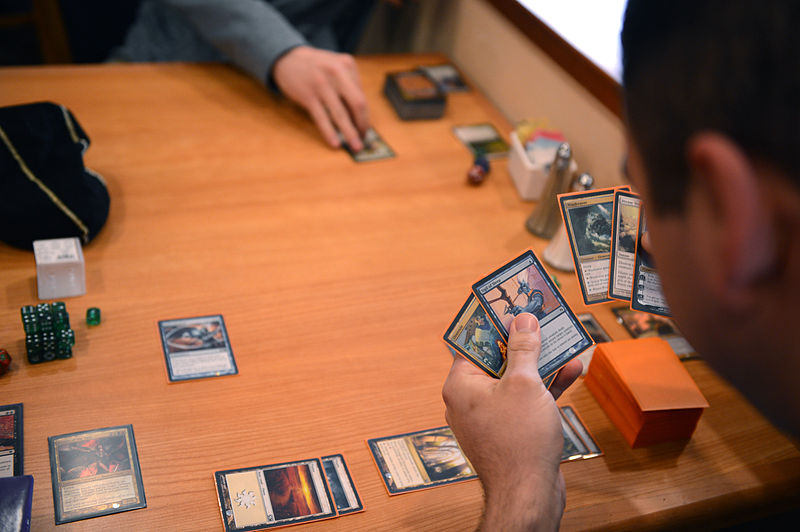When I was a neophyte game developer, I found an excellent article by Wizards of the Coast, creators of Magic: the Gathering, called Ten Things Every Game Needs. It was written almost five years ago, but the wisdom within the article is still very relevant. This two-part article was so influential in my initial design of War Co. that I actually quoted it in my business plan. No matter what type of game you’re making, these 10 elements are critical to making a good game.
Need help on your board game?
Looking for more resources to help you on your board game design journey?
I have taken and slightly modified the ten success factors listed in their article and made them into one easy-to-read list. I’ve added my own commentary so I can give concrete, personal examples of why this framework worked for me when developing War Co. and then eventually Tasty Humans.
1. A clear objective
If there is one thing every game needs, it’s a clear objective. Survive to the end. Cure the disease. Get the most victory points. The objective of any good game must be clear, concise, intuitive, and memorable. It should also be at the top of the rulebook in paragraph number one.
In War Co., the objective is “run your opponent out of cards.” Last person standing, basically. In Tasty Humans, the objective is “win the most points” because it is a victory point-driven game.
2. Constraints
Without constraints, the pursuit of an objective is not a game, but rather freeform play. Objectives and constraints together comprise the core framework of a game.
In War Co., the primary limits are the number of cards you can play and energy use. Energy use keeps you from playing all the strongest, best cards at one time. In Tasty Humans, points are earned by monsters for eating people and arranging their body part tiles in certain ways in the monster’s stomach. There are limits to exactly how you can place tiles, and you don’t always get what you want.
3. Interactivity
There’s a few forms of interactivity that you can find in a great game.
- Constraints, expressed both through directly through rules and indirectly through strategy and tactics, must interact with the objective.
- Game elements must interact with one another in ways that are both unique and understandable throughout the course of the game. The pieces in a game of chess have seemingly infinite ways to maneuver. The cards in Netrunner can be combined in complex ways.
- In all games that are not solitaire games, there is some element of social interaction, even if it’s not a “party game.”
In War Co., interactions come from every one of the cards being unique and having a different effect. Socially, most of the interaction is friendly sparring in response to the “take that” nature of the game. Well, at least I think it’s friendly sparring. Tasty Humans, on the other hand, is much closer to being a solitaire game, but there is still a common pool of cards that all players interact with and change.
4. Runaway leader killer
Games, being intrinsically competitive, need to keep tension to the last move. While you want skilled players to have an advantage, players who are losing early on need a way to catch up. If you don’t have this, you may wind up players disengaging halfway through when they realize they have no chance. A modest amount of luck and chance, even in games of skill, can go a long way to achieving this.
In War Co., the number of cards you have left is effectively your life. Even if you fall behind, there’s a lot of ways to slow your discard rate, redraw old cards, and drag your opponent down with you.
Tasty Humans tallies up points at the end, so this issue is largely sidestepped.
5. Inertia
Games need to keep a steady pace of interesting events to keep players engaged. Interactions need to feel meaningful and important. You don’t want players to ever feel like they’re “grinding” and you want to leave players wanting more when the game is done.
In War Co., there was no magic trick to nailing down the pacing. I just play tested it hundreds of times until it “felt” right and the game didn’t lag. In the worst case scenario, I have the rarely used “stalemate rule” which threatens players with heavy discarding if they don’t make a move. The mere threat is usually enough to keep the game going.
On the other hand, playing Tasty Humans has short turns, which helps the game stay snappy even though it’s a brain-burny puzzle game.
6. Surprise
Predictability is the bane of games. Use chance and unique interactions to prevent games from having one path to victory. You don’t want your game to feel predictable. If you can use an algorithm to solve your game like a Rubik’s cube, you need more surprise.

In War Co., one place I’ve encouraged surprise is the facedown card mechanic. Players can play cards facedown and turn them face-up at any time – including their opponents’ turns – making their effects take place right at that moment. This creates a game of espionage and counterespionage, with a lot of bluffing thrown in, too.
In Tasty Humans, you never know exactly which adventurer your opponents will eat. Their choice of adventurer will affect the adventurers available to you, sometimes in profound ways. You can plan your whole turn ahead of time, but that doesn’t mean you will get what you expect!
7. Strategy
To make your game worth playing for the first, second, and third times, you need to nail down interactivity, inertia, and surprise. However, if you want your game to be built to last, people need the sense that they can get better at it, refining their play style over time. Games need to encourage people to master them over time.
Strategy is where War Co. excels, sometimes even to the detriment of the first and second games. Each starter deck takes a few plays to completely understand since there’s so many secrets and combinations. As soon as you get used to that, then you’ll be compelled to create your own deck – a whole new kind of strategic challenge.
Tasty Humans is similarly strategic. Throughout the entire game, you must place tiles in your monster’s stomach in such a way that you will earn the most points from scoring tiles.
8. Fun
This seems obvious, but never lose sight of it. If you hate the game you’re playtesting, do something different.
War Co. was garbage in its first ten iterations. It stalled out for the next four. It was only around version 15 that it started being really, really fun. Tasty Humans is about monsters fighting humans instead of the other way around, which gets a sick laugh out of everybody who sees the game.
9. Flavor
If you want your game to be great, it can’t simply be a technical masterpiece. Don’t just playtest it and refine the mechanics. Make it feel unique.

The best example of flavor of War Co. can be found in the artwork drawn by James Masino. Instead of being a generic sci-fi apocalypse defined in gritty, gray tones, he turned up the color and turned what could have been a by-the-numbers apocalypse into an operatic, psychedelic technicolor horror show.
On the other hand, with Tasty Humans, we kept the game by being dark by using really bright and pretty pastel colors.

10. A hook.
Lastly, once you make it technically clever and unique, there’s one last thing you need: a simple takeaway. Clever marketing messages are succinct: the soundbite, the earworm, or the logo. If you want your game to sell, it needs to be “the one where you X”. This is how you get people in the door to see all the rest of the work you’ve done. You can’t get people to appreciate nuances unless you get them in the door.
According to the Kickstarter feedback I’ve gotten, the biggest draw for War Co. is the art. Everything else after they see bright, beautiful apocalyptic spaceships is a pleasant surprise. For Tasty Humans, it’s all about the monsters!
BONUS: A narrative.
This eleventh element is something I came up with completely on my own. Nothing connects with people quite like a story. If you can give your game a story, you build a whole world of context that draws patterns in the mechanics and the theme. I’m very glad I wrote a novel’s worth of lore for War Co. It made game development, artwork, and promotion all a lot easier.
I encourage you to read the original article I’ve paraphrased and responded to above. By using my own work as an example, I hope you can read their original write-up with a concrete context and use their lessons to make an incredible game of your own.






13 thoughts on “10 Elements of Good Game Design”
This is a nice, helpful article. The one Element that is particularly tricky to nail—and also contentious—is #4. Building in systems to prevent runaway leaders is tough to pull off correctly. Also, by nature, systems such as this even existing in your design are suppressing the potential height of the skill ceiling: If someone who is better at the game, and keeps getting better, cannot “destroy” opponents whom are less skilled, then there is a very low ceiling to hit before the more-skilled player has nothing more to accomplish.
More than anything, this Element is one to consider with caution, and, at a macro level, requires a clear design goal be in place in order to assess and decide one way or the other. Who is your game for? What is it trying to accomplish? Is it a game that works harder to bring people together for social engagement, and satisfy everyone? Or, is your game intended to be more like a “sport”, in that it asks players to engage in the journey toward mastery?
Thanks, Brandon!
Hi Justin, this is an insightful comment and one I largely agree with. Catch-up mechanics have to be tailored for the game’s audience. Otherwise, you risk alienating either casual players or strategic players.
First off I would like to say excellent blog!
I had a quick question that I’d like to ask if you don’t mind.
I was interested to find out how you center yourself and clear your head before writing.
I’ve had a tough time clearing my thoughts in getting my thoughts out.
I truly do enjoy writing however it just seems like the first 10 to 15 minutes are lost
simply just trying to figure out how to begin. Any suggestions
or hints? Kudos!
No special rituals! What I find useful couldn’t be simpler. Just write three words. If I can muster up the energy to do that, I will feel compelled to finish the sentence, and then the paragraph, and so on.
Firstly I would like to say that it is an excellent blog!
I have some questions that I’d like to ask if you don’t mind.
I was interested to find out the best game development platform and best game development & designing company.
Thanks for taking the time to write this post, and for putting a lot of thought into the different elements of effective game design. I am finding this really helpful in trying to build an educational board game from scratch – these elements are very helpful in organizing my thoughts and approaching the design of the game from multiple important angles. Thank you!